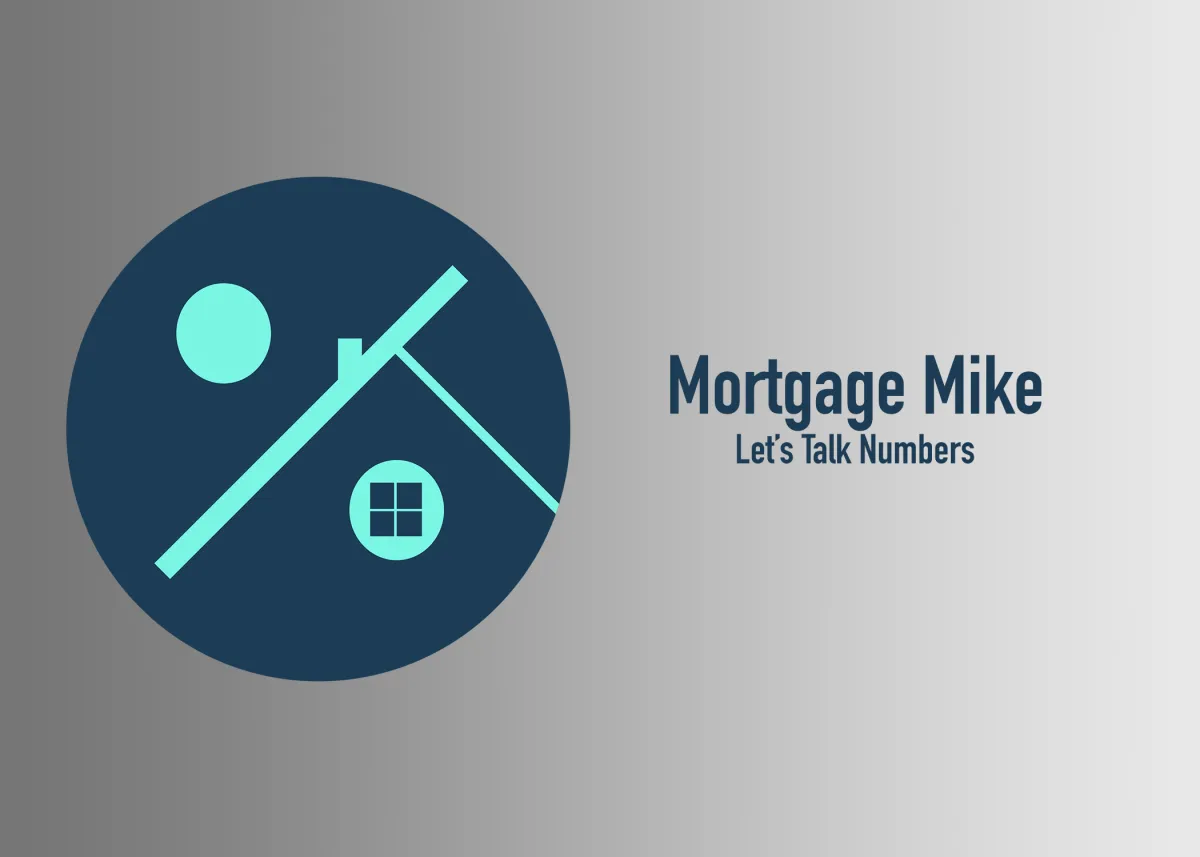Mike Hardy - Mortgage Broker
Mike Hardy is a Mortgage Broker with Fairview Mortgage Capital, inc. in southern California


Why Choose Us?
Education is at the heart of what Mike Hardy offers. He believes that through proper education of the mortgage process, clients are empowered to make decisions that best suit their financial goals and needs. This educational approach not only demystifies the process but also helps clients navigate the often complex terms and rates associated with mortgages.
Get Started 100%
Digitally
By clicking the link below, you'll be ushered into a user-friendly environment where completing your mortgage loan application becomes an effortless experience. Our portal ensures the utmost confidentiality and protection of your personal information, leveraging advanced security measures to safeguard your data throughout the application process. We understand the importance of trust and reliability in your journey to homeownership or refinancing. Hence, we've meticulously crafted this platform to provide a secure, straightforward, and supportive path for your financial decisions. Welcome to the first step towards achieving your dreams with confidence and peace of mind.

Get a Free
Consultation
Scheduling a free consultation is the fastest way to get the answers you need.




